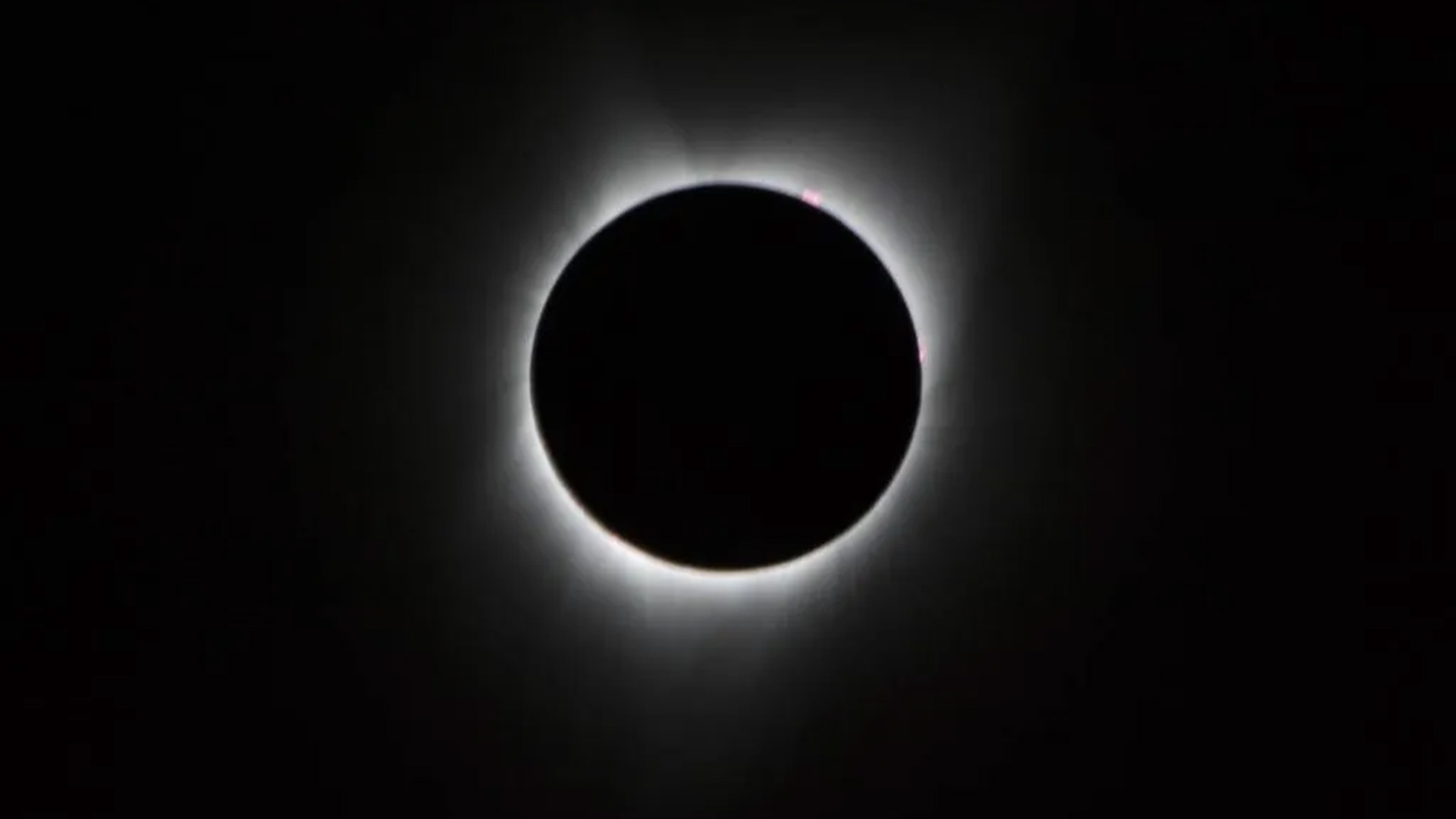
The total solar eclipse in North America is finally underway. Over the next several hours, day will turn into night for nearly 44 million people across Mexico, the U.S. and Canada as the moon crosses in front of the sun, blocking all sunlight for a precious few minutes.
If you can't make the event in person — or want to see a zoomed-in view of the partial and total phases of the eclipse — you can tune in to NASA's live webcast of the rare celestial event right here on Live Science, starting at 1 p.m. ET.
At 9:51 a.m. local time (12:51 p.m. ET) on Mexico's western coast, skywatchers in Mazatlán will be the first to plunge into darkness as the moon fully masks the sun, marking the beginning of totality. The path of the eclipse will then cross three other Mexican cities before moving into the U.S., starting in Texas and moving on to cross or touch 14 other states. It will exit North America from Canada's Newfoundland at 5:16 p.m. local time (3:46 p.m. ET).
Those lucky enough to be within or near the 115-mile-wide (185 kilometers) path of totality will be able to witness a series of rare phenomena, including a few unique to the total solar eclipse. Here's what to expect.
Related: April 8 solar eclipse: What time does totality start in every state?
The diamond ring
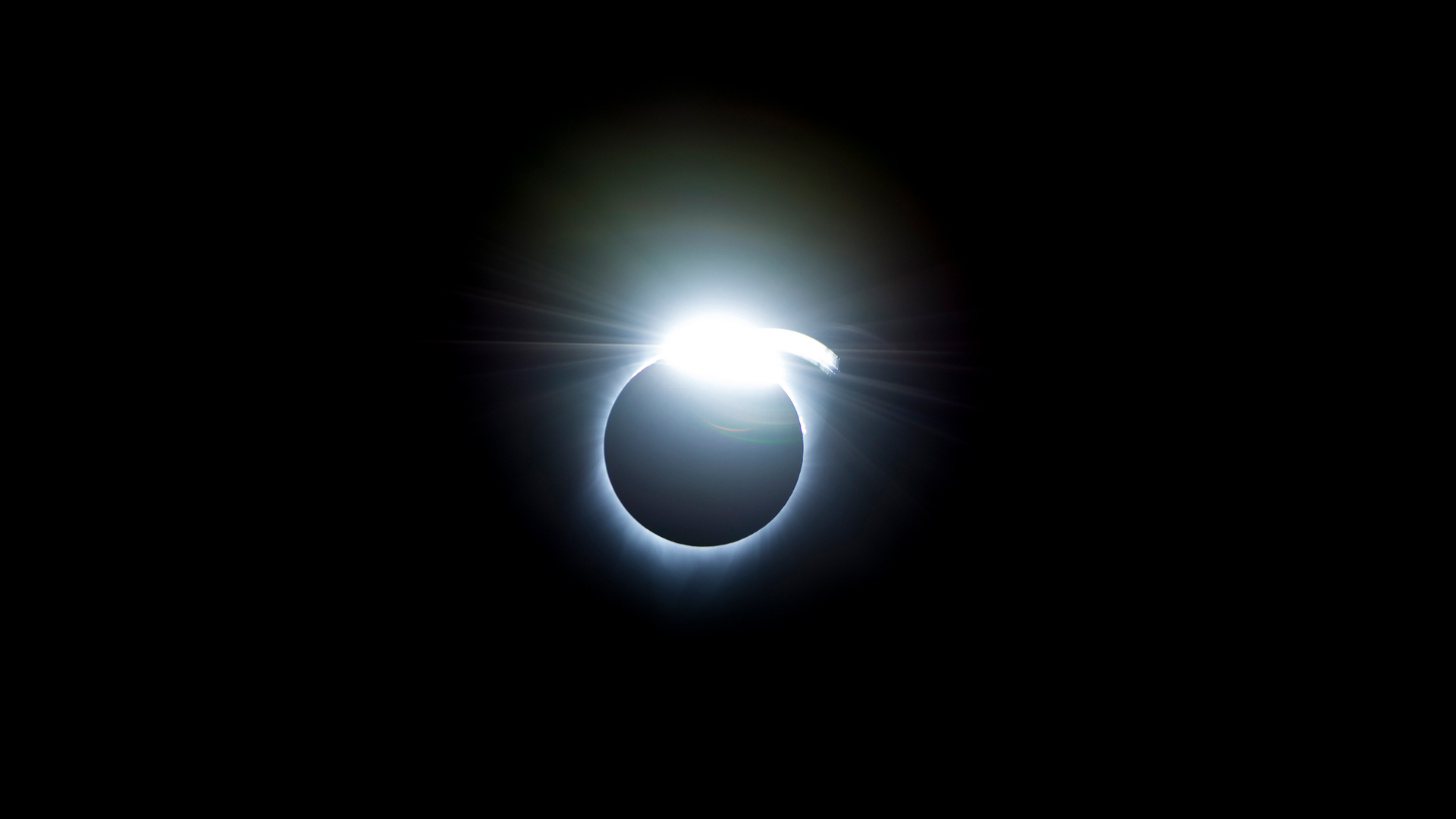
Of all the eclipse-related phenomena, the most breathtaking may be the dazzling ring of light that appears seconds before the sun's bright disk is masked by the moon. Known as the "diamond-ring effect," this event repeats as totality ends when the sun starts becoming visible once again.
Baily's beads
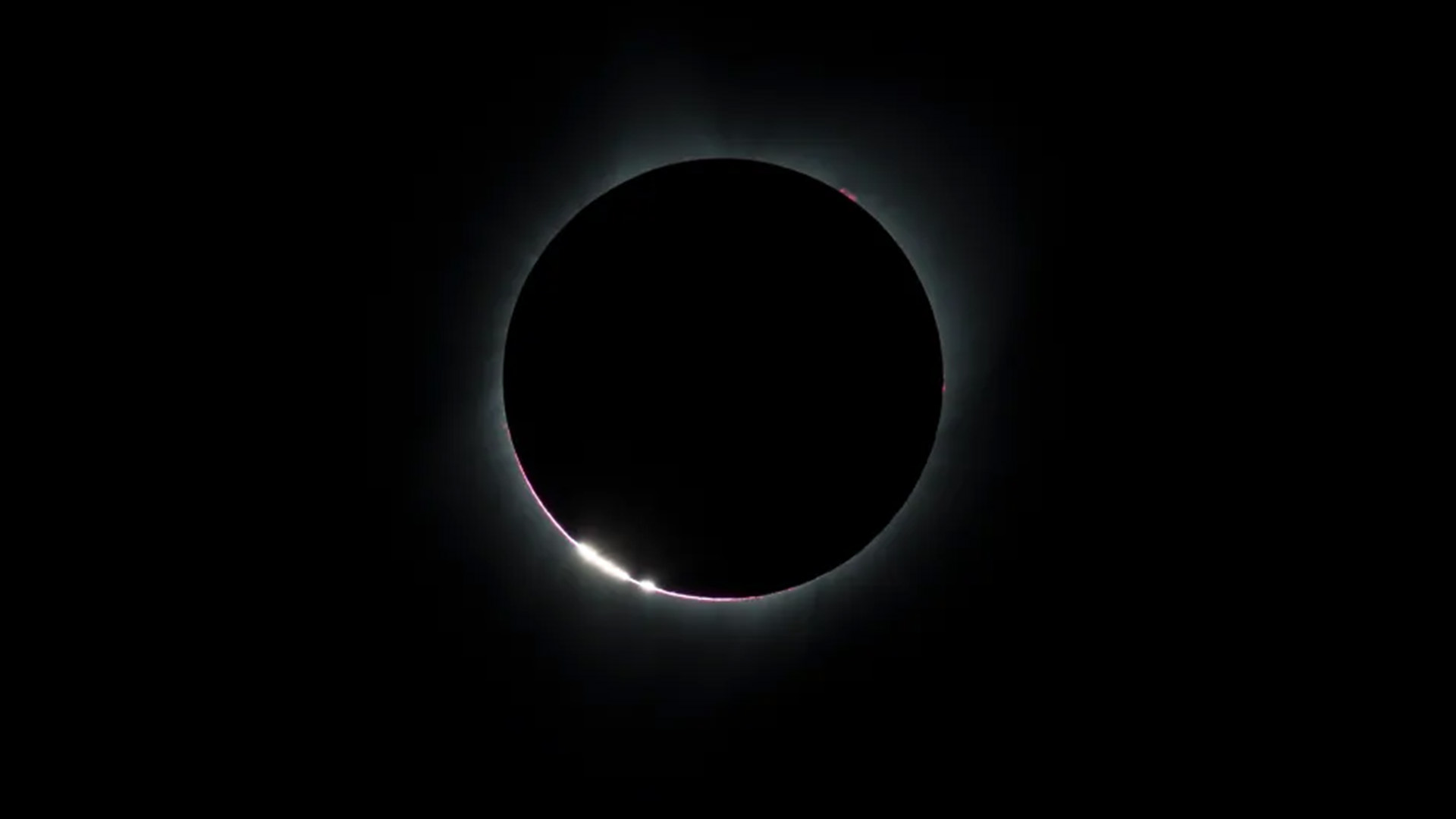
As you watch the moon's silhouette during the eclipse, you may notice a sliver of sunlight appearing to form a string of beads. Known as "Baily's beads," the bright spots are caused by sunlight shining through the mountains and valleys on the moon's uneven surface.
Shadow bands
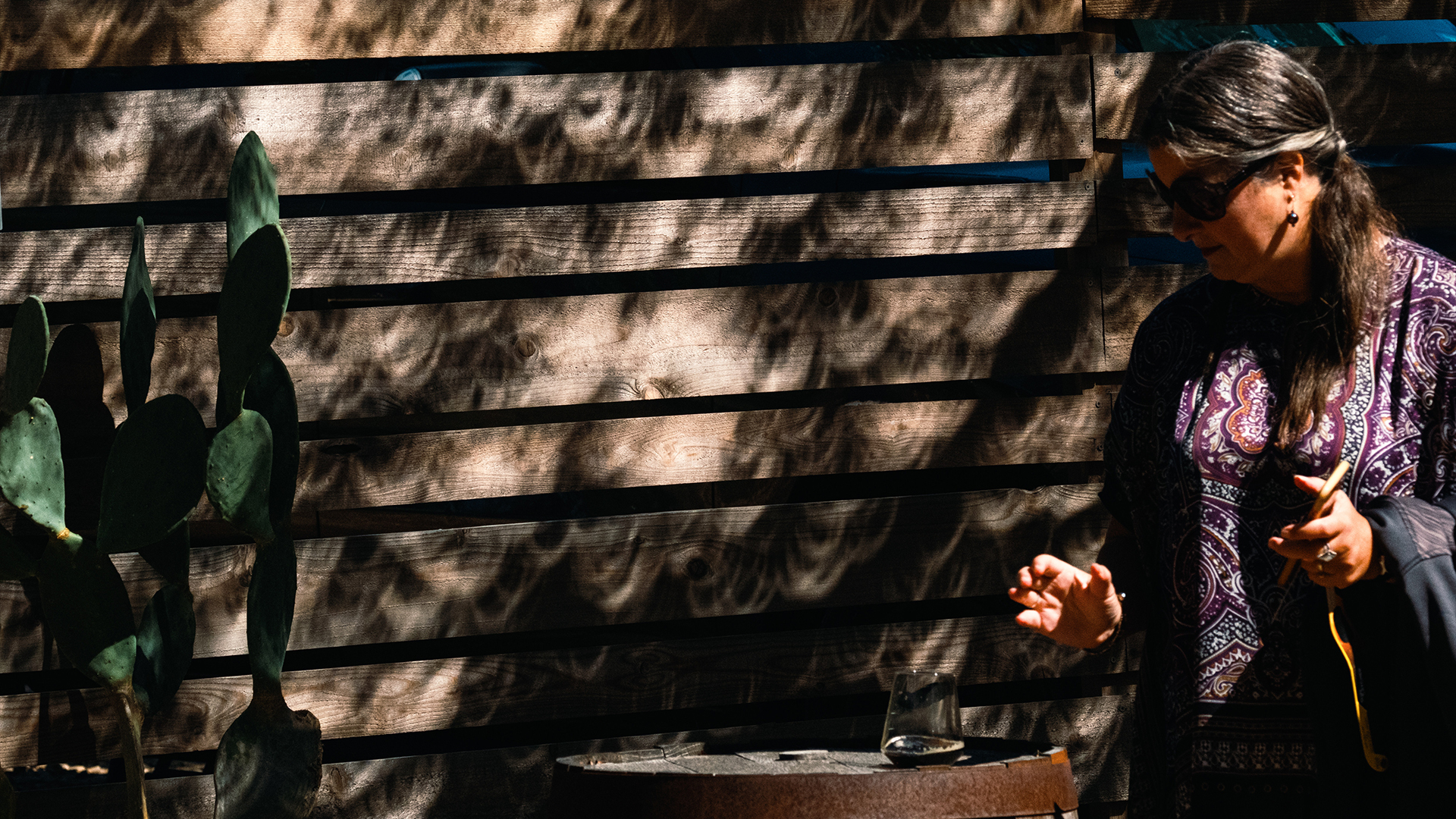
Meanwhile, on Earth, thin, wavy light and dark stripes will dance on the ground just before and after totality. These eerie shadow bands are unique to a total solar eclipse and occur due to the same phenomenon that makes stars twinkle: rippling distortions in Earth's upper atmosphere filters bits and pieces of already-choked sunlight, which forms a visible pattern on solid-colored surfaces. As totality approaches, the brightening pattern shifts from being jumbled to organized, and it returns to a dimming chaotic design after totality ends.
Stars, planets and a 'Mother of Dragons' comet
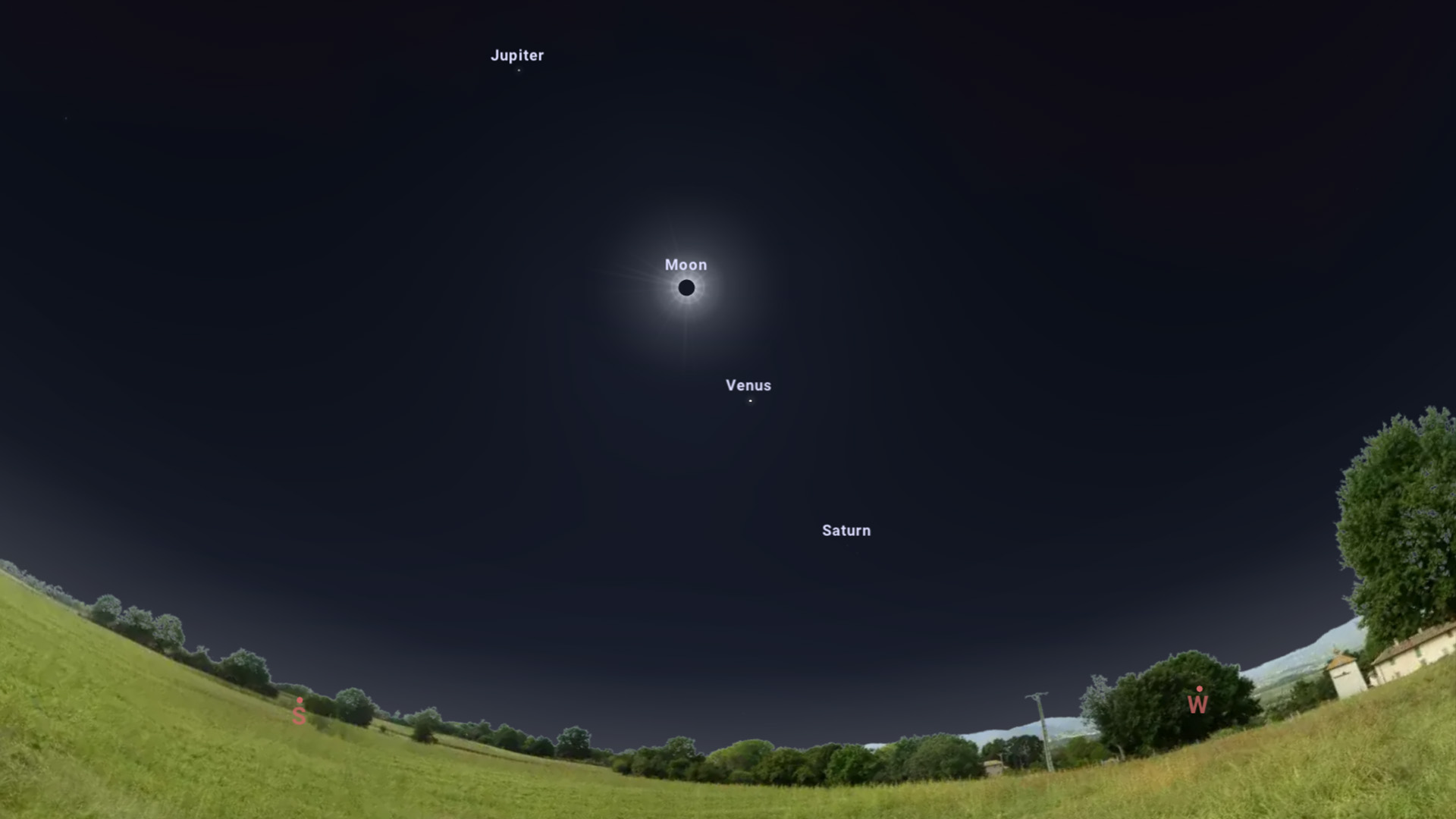
NASA estimates that every location within the path of totality will experience darkness for up to four minutes. Thanks to the drop in sunlight, you may be able to see bright stars and planets in the daytime sky. Venus will appear about 15 degrees west-southwest of the sun while Jupiter will make an appearance about 30 degrees east-northeast of the sun.
In Jupiter's vicinity, the well-known green comet 12P/Pons-Brooks — also called the "Mother of Dragons comet" — may be visible. The icy, city-size space rock, which is on a 71-year orbit around the sun and began erupting last July, may be seen moving in front of stars during the eclipse. However, you will likely need a pair of stargazing binoculars to view this one, as its diffused light will be too faint to pick up with the naked eye.
Other planets including Saturn, Mars and Mercury may be visible depending on local weather conditions. Some of the brightest stars in our sky, such as Sirius, Capella and Rigel, may also be seen among a scattering of other stars.
Rings of light
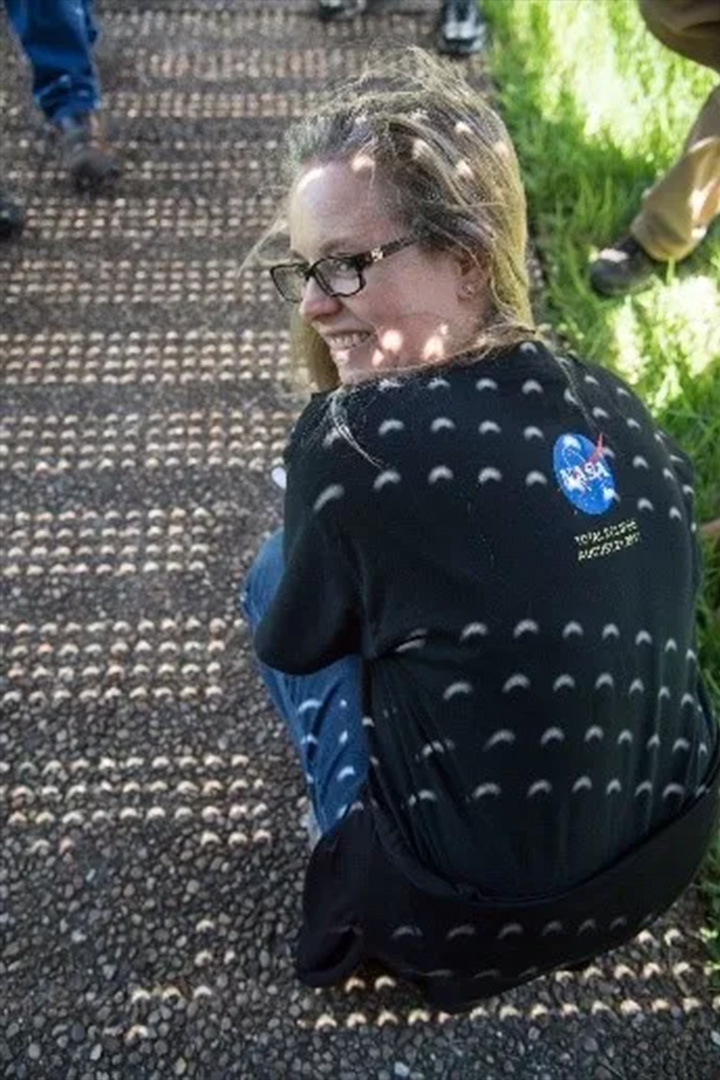
While those outside the path of totality will miss out on these spectacles, skywatchers in all 48 contiguous U.S. states will see at least a partial eclipse for up to 1 hour and 20 minutes, according to NASA. During a partial eclipse, people near trees may see countless crescent-like light features appear on the ground. These "rings of light" form because sunlight shines through tiny spaces between leaves, causing them to behave like pinhole projectors and cast the sun's crescent shape onto the ground.







